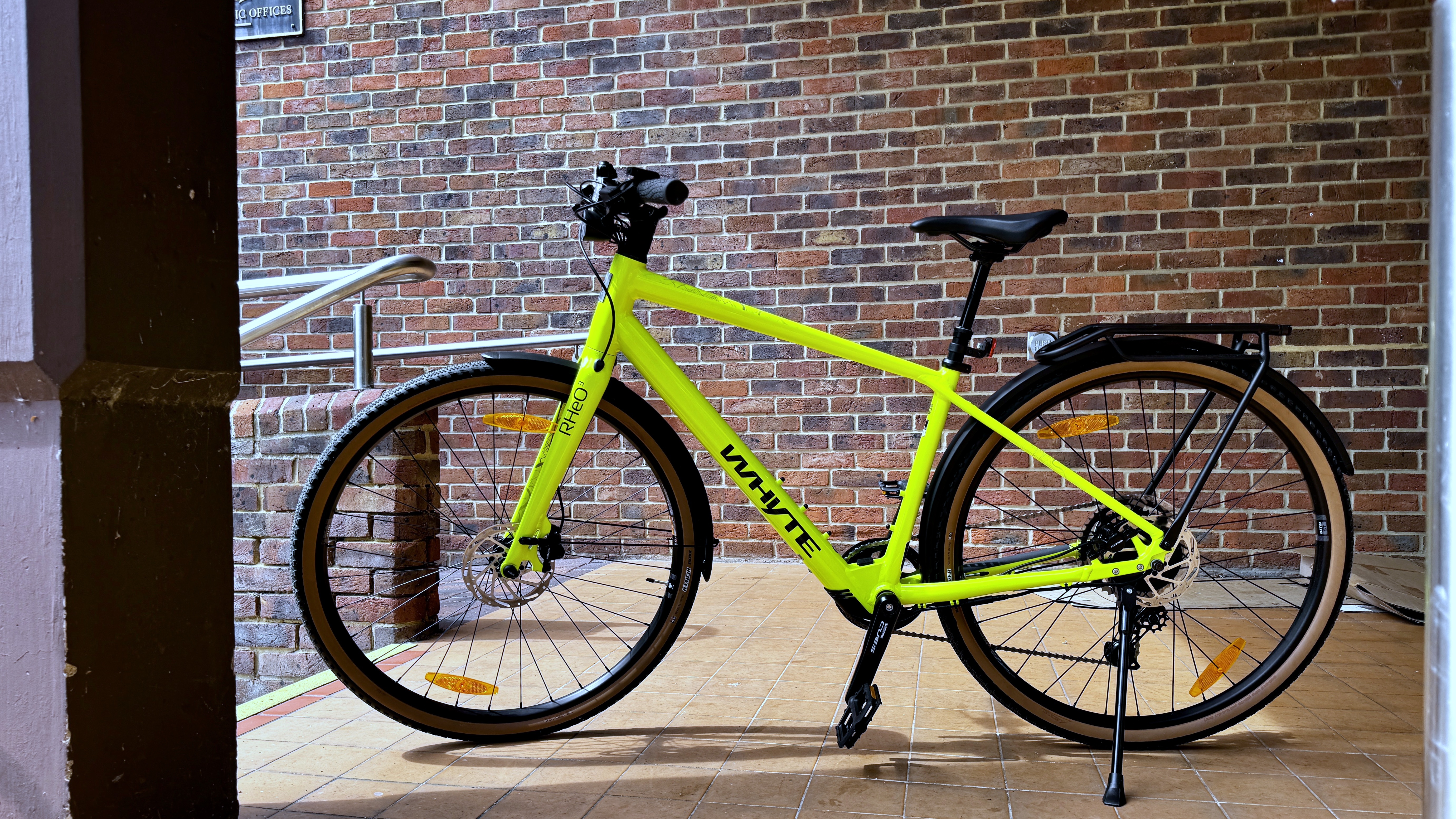
Even as someone close to the cycling industry, I assumed Whyte was still a purveyor of hardcore downhill mount bikes that often cost more than a family car. But ever since the pandemic, the award-winning British bike brand has been slowly and stealthily branching out to gravel (makes sense) and laid-back commuter machines (makes less sense).
The RHeO line-up consists of models 1 through 3, with the most basic variant requiring the user to provide all of the shove. Step up to the RHeO 2, and Whyte introduces the Kynamic hub motor, with 250W of peak power and 45Nm torque, and its cleverly sealed-away 250Wh internal battery.
The model I am testing here (RHeO 3) comes with a dropper seat post, as well as preinstalled mudguards and a rear rack for easy pannier attachment, which explains the higher-than-base price nature of the electric bike.
After a quick chat with the chaps from Whyte at drop-off, they made it clear that this isn’t some flash-in-the-pan reaction to an increase in demand for commuter-friendly eBikes but a carefully considered machine that draws on years worth of mountain biking experience to create something that’s discreet, lightweight and, above all else, fun to ride. Has the company succeeded? A few weeks in the saddle is the only way to find out.
Whyte RHeO 3 review
Price and availability
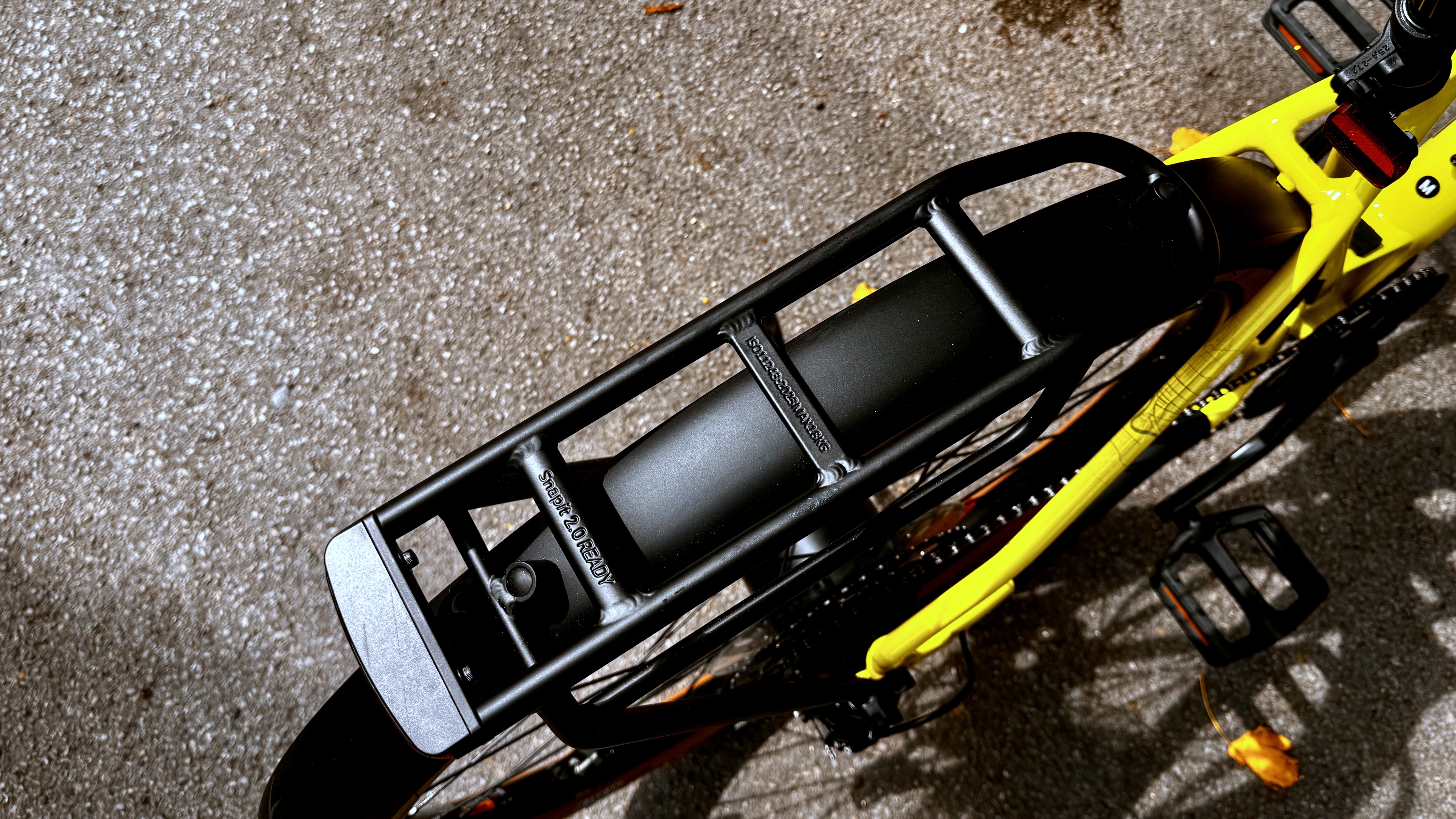
Whyte sells directly through its website, with the RheO 3 costing £2,299 (approx. $2,978/ AU$4,455). Whyte currently only delivers bikes in the UK – US and AU price and availability TBC.
It comes in just two colour options: the retina-searing Lime of this test bike, or a more subdued Sage Green. There is also the option of a Step-Through (ST) frame, with those bikes offered in extra small to medium sizes. The normal frame is offered in small to extra large.
Whyte also has a number of official retailers, complete with bricks-and-mortar stores, dotted up and down the UK, so there should be a local shop to test one out and for servicing and advice should you need it.
In addition, several online retailers, including Cycles UK, Electric Life, and Sprockets Cycles, stock the model. However, since the bike is so new, there aren’t currently any big discounts applied.
The company says that bikes purchased from them are shipped from Whyte’s UK warehouse for assembly and collection from participating Whyte retailers. Bikes cannot be ordered directly to customers' homes or work addresses.
Specifications
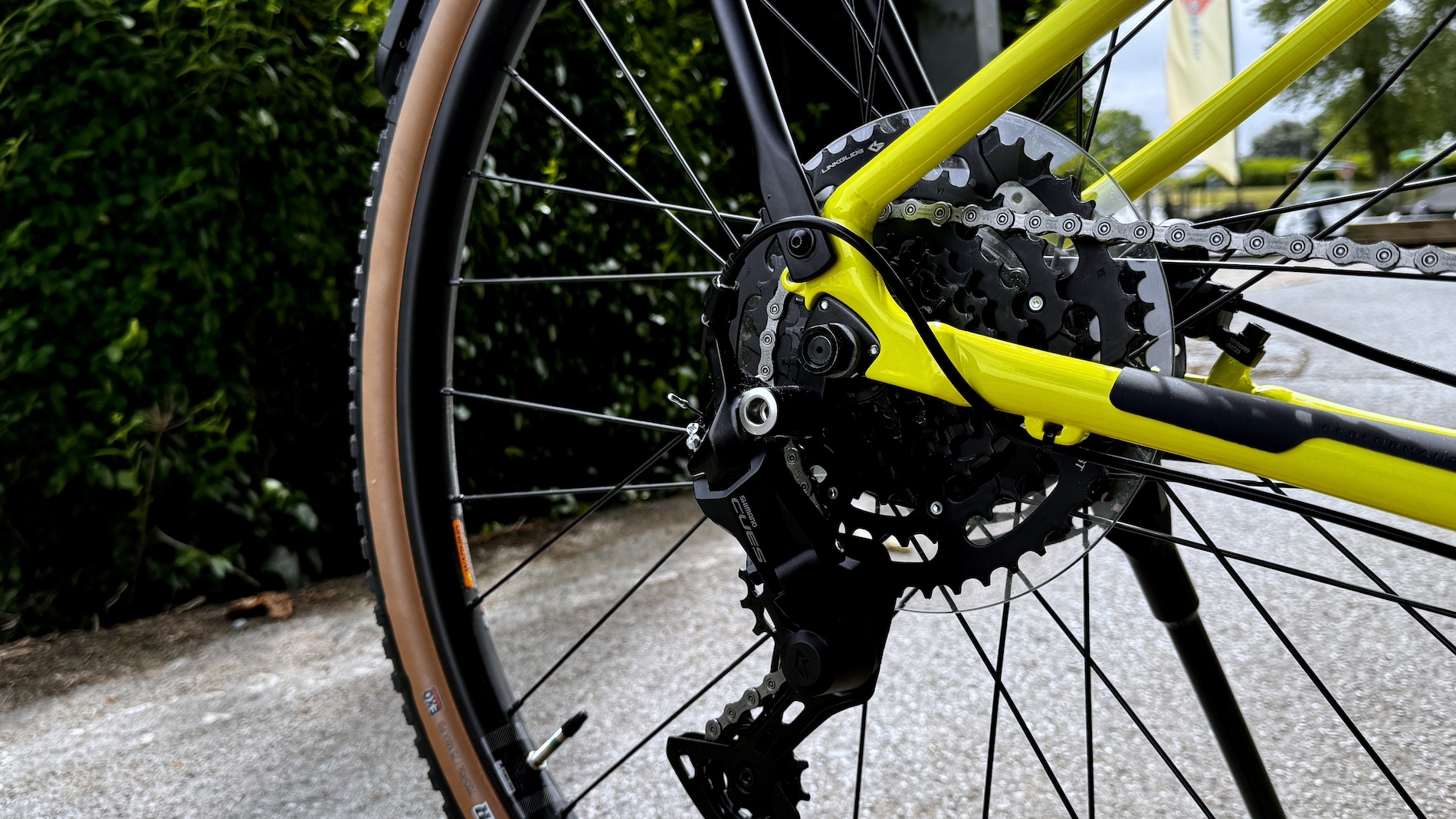
- Frame: 6061 alloy
- Fork: Straight blade alloy
- Battery: 250Wh internal
- Motor: Kynamic 250W rear hub
- Brakes: Tektro T3020 hydraulic
- Wheels: WTB STp I27
- Tyres: Maxxis Reaver Tanwall
- Seat post: Whyte dropper post, with 100mm drop
- Saddle: Whyte Custom
- Lights: Built-in
- Weight: 16.9kg
Design and build
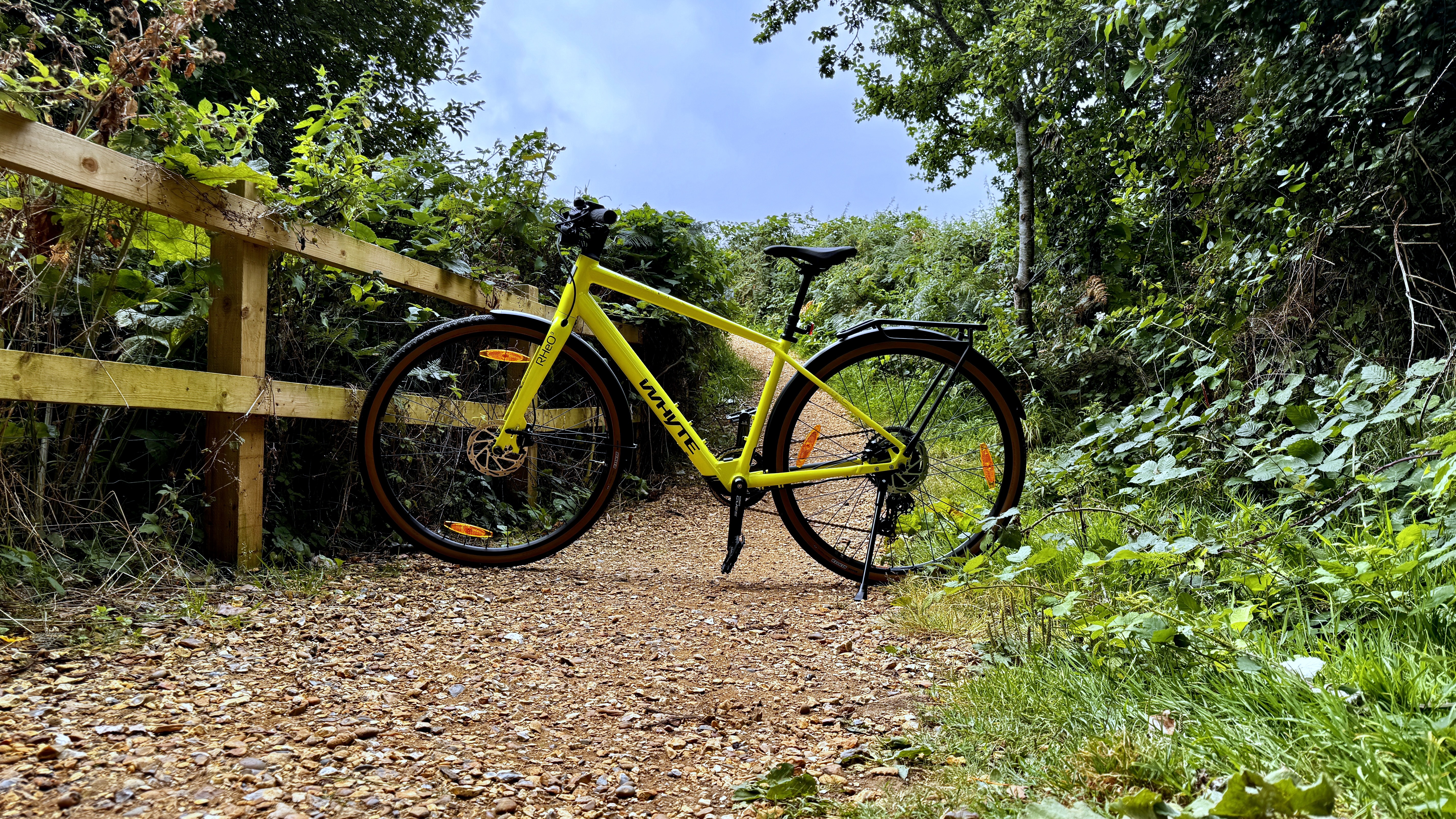
Whyte’s lightweight aluminium frame is unassuming but cleverly engineered to tackle the everyday stuff without shouting about it.
Where the Orbea Diem 10, which I test rode recently, liked to make its presence felt with a stunning shapely frame, futuristic front lights and even a port to charge your smartphone, the Whyte RHeO 3 is decidedly more traditional.
The headlight hangs beneath the ultra-wide bars, for example, while the 250Wh battery is so neatly stashed in the frame that it’s hard for passers-by to tell this is actually an eBike.
But that’s the whole point, as the chief designers at Whyte wanted something that could be used in the city, locked up outside of pubs in the summer and shackled to a rail outside of a shop without being pilfered in seconds.
Granted, the day-glo Lime paint job doesn’t really help with the whole incognito thing, but everything else is deliberately muted. This no-frills ethos runs also through the riding experience, making it a super approachable eBike to live with on a daily basis.
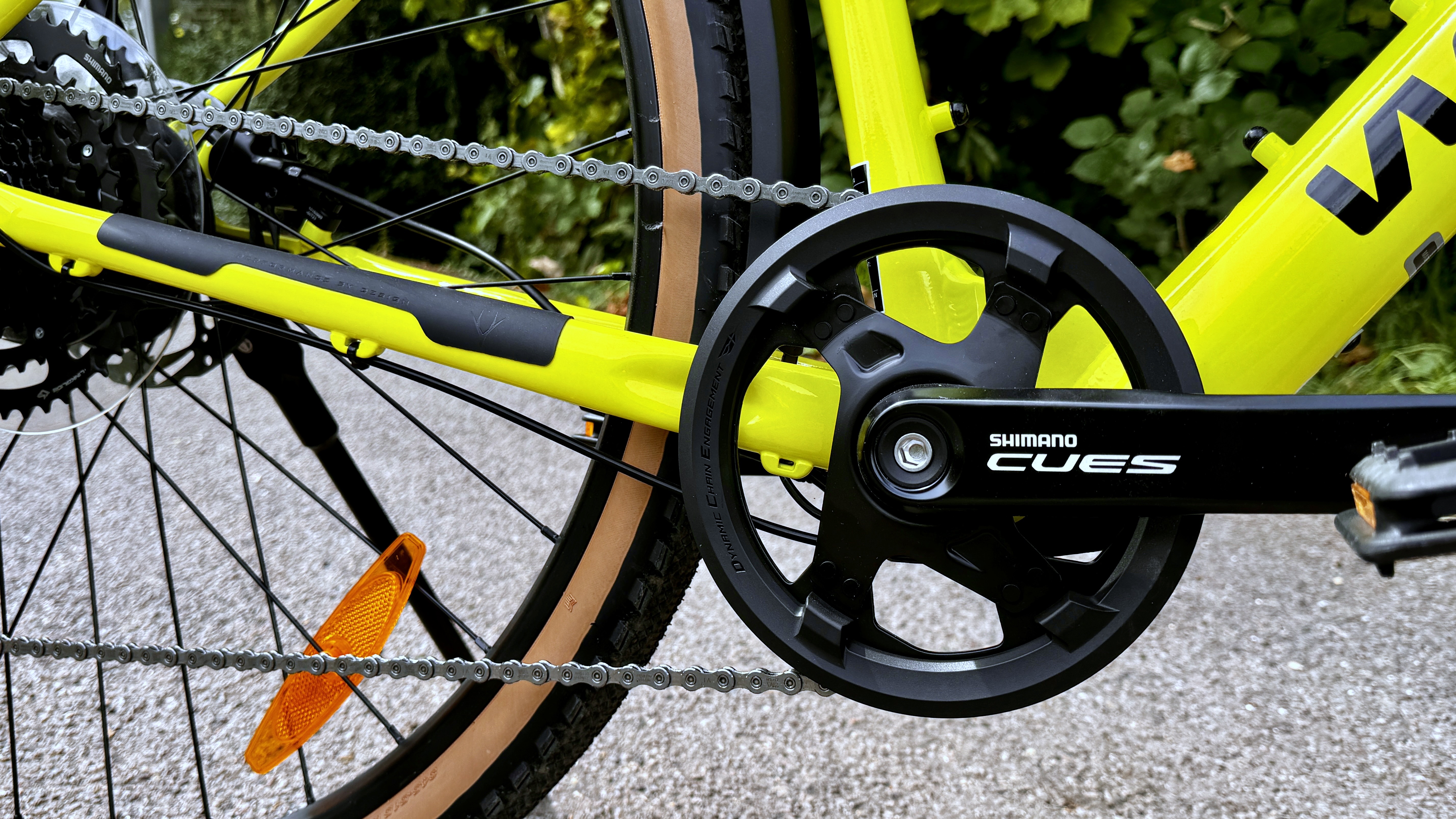
However, don’t think that this simplicity is shorthand for laziness, because Whyte’s engineers have worked hard to create a geometry and riding position that manage to blend stability and efficiency with a solid dose of fun. But more of that stuff in the performance section later.
In terms of finishing kit, the Tektro hydraulic disc brakes are perfectly good, but not the sharpest tools in the box. The Shimano Cues 9 speed is slick and about as simple as things come, although sometimes it does leave you hunting for a few more cogs on the hills.
This top spec 3 model also boasts a dropper seat, which is surprisingly handy when loaning the bike to a shorter (or taller) mate, but also works in making it generally easier to get on and off, while hinting at some light gravel work potential.
Similarly, the Maxxis Reaver tyres are great on the road, but also offer enough grip on lighter trails, while the saddle, brake levers, grips and wide bars all equate to a comfortable and predictable ride.
Perhaps more importantly, the Kynamic 250W hub motor provides just enough shove for most. It never feels over-bearing or overtly powerful, but it’s always there to offer assistance.
The system is controlled via small module mounted to the left hand side of the bars and there’s just an up and down arrow to cycle through the three assistance modes and an on/off switch. That’s it.
Oh, long-holding the up arrow switches on the front lamps and there is a read out for remaining battery level, but there really is very little else to concern yourself with.
No accompanying smartphone app, no confusing settings options and no fancy electronic gearing. Bliss.
Performance
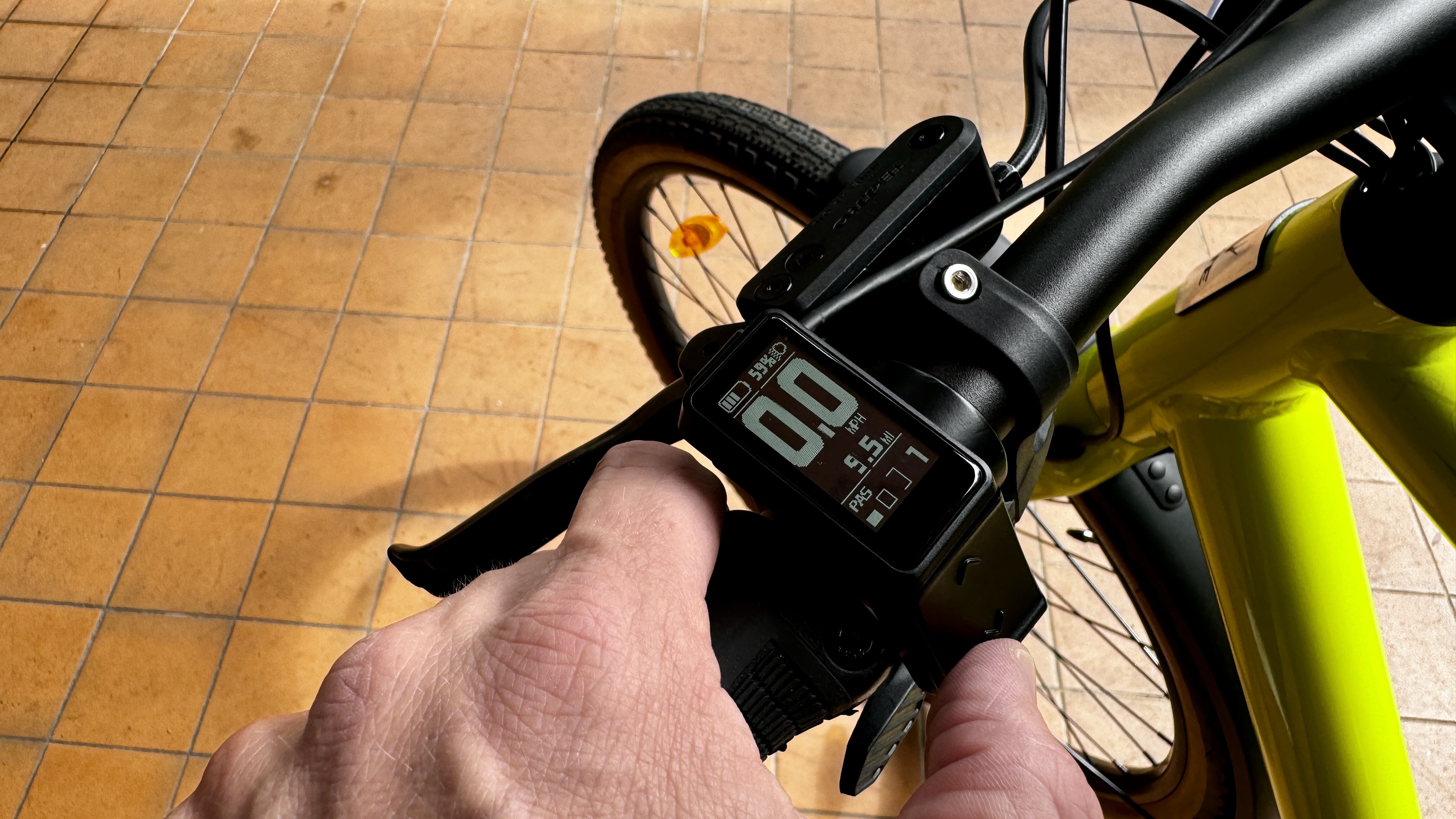
Let’s get the numbers out of the way first: the battery pack takes around 3.5 hours to fully charge from empty and with a full pack you can expect anywhere from 20km (12.4 miles) to 65km (40 miles) depending on numerous factors.
Worst case, if you opt for full motor assistance and head straight for your nearest mountain pass, you’ll make it around 12 miles before the batteries run dry.
But that’s not what this bike is designed for and as I found, if you keep the electronic assistance to a minimum, the bike still rides fantastically and you can eke the batteries out for miles.
As previously mentioned, the Kynamic 250W hub motor is subtle, offering a little assistance to get your going and then gently ushering the bike along in general urban commuter situations. Most of the time, the ride feels easy, rather than being completely effortless.
To be honest, this is what I prefer in an eBike, rather than something that surges and whines and makes it really obvious that it is very far removed from a traditional pedal bike.
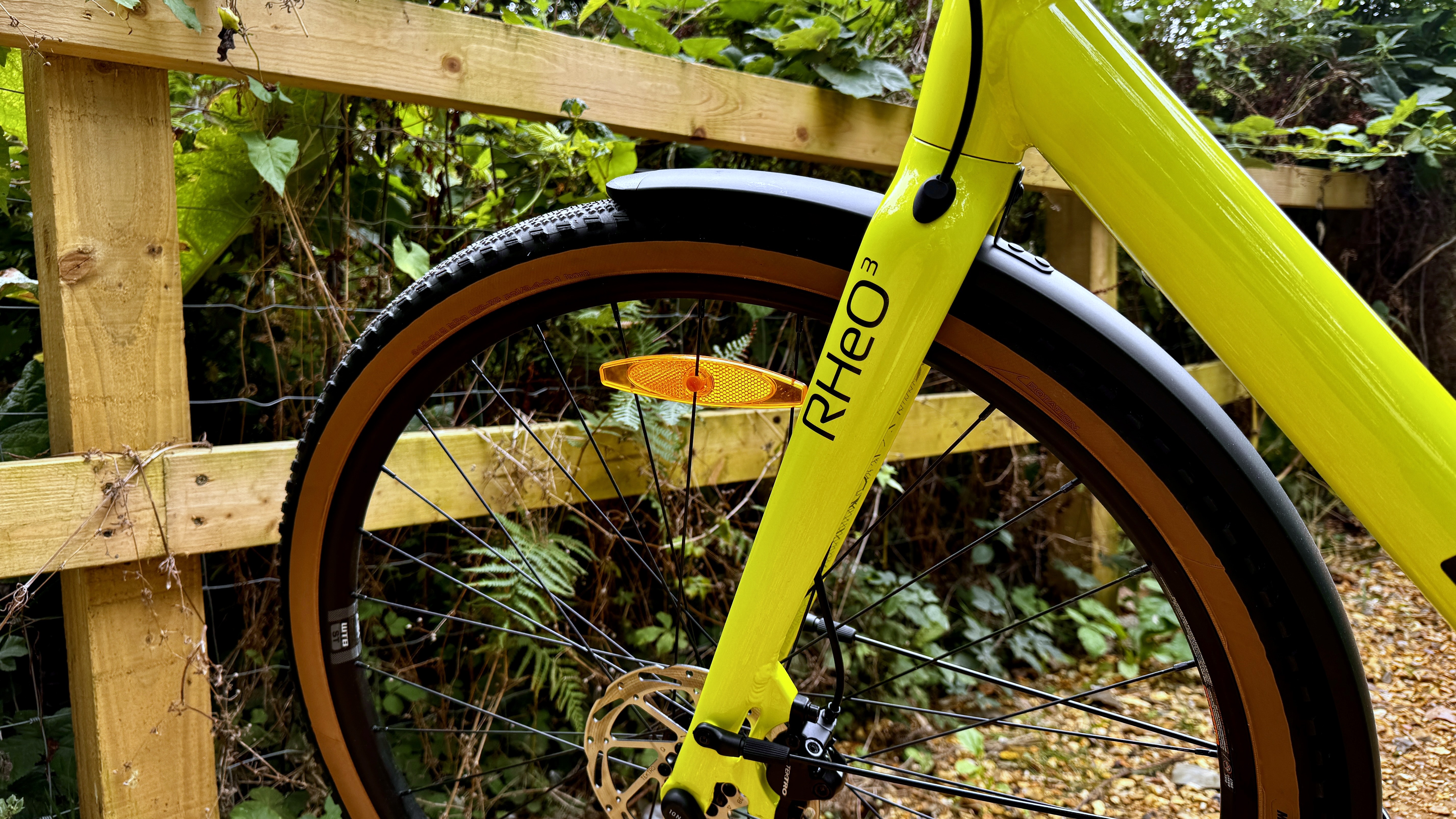
Whyte could have easily introduced larger battery packs (a bottle cage range extender is available), but that would have seen the weight increase, so instead has opted for what it sees as a happy medium. The test bike I rode weighed around 17kg, but it felt a lot lighter than that when hauling it up and down stairs.
Perhaps it’s because I’m so used to modern eBikes being bulky and heavy, with lots of mass located low down in the frame, but the RHeO 3 isn’t that far off a chunky mountain bike.
However, because the RHeO 3 isn’t a chunky mountain bike, it also benefits from a sporty riding experience, with sharp handling and the ability to tackle more than just inner-city traffic.
Some might find that the RHeO is perhaps too eager to turn, but I really enjoyed the way I could flick it through traffic jams, hop up and down curbs and generally scoot around town at speed.
Ride and comfort

The riding position is fairly upright, but Whyte has thrown in some fairly wide bars that give it an almost gravel bike stance on the road.
Thanks to the dropper seat post, it’s really easy to find a comfortable seat height, although there’s plenty of further adjustment should you like lots of exposed seat post and a relatively aggressive riding position.
In addition to this, the frame geometry is clever, with a sharp top tube angle that makes getting on and off much easier. Plus, Whyte says its boffins pored over the front fork angle so there was just more tyre in contact with the ground for better handling and grip.
It’s a neat package, especially in this specification, which includes solid mudguards (no rattles here) and an equally sturdy rear rack that’s ready to swallow a pannier system or child seat with ease.
Verdict
The Whyte RHeO 3 is a great option for anyone wanting electric assistance without the associated weight and, in some cases, unwanted eBike accoutrements.
There are plenty of rivals out there that will offer more power, more range and more features, but this is a very well-judged machine for buyers simply wanting something to blast around town on or to help avoid the astronomical cost of train fares by cycling to work.
It is light enough to carry up stairs, which is handy for charging inside, while the subdued styling means it won’t attract any unwanted attention.
What’s more, because Whyte manufacture it, the RHeO 3 is also far more capable than it lets on, easily tough enough to handle some bike-packing trips or the odd hoon along the gravel.







